.jpg)
Tourists visit Po Rome tower in Hau Sanh village, Phuoc Huu commune (Ninh Phuoc district, Ninh Thuan)
Heritage of architectural art and temple sculpture
Champa temple and tower relics were built throughout the provinces of the South Central Coast and the Central Highlands. The objects of worship in the temples and towers are Hindu gods such as Brahma, Visnu, Siva, the sacred cow Nadin and the Linga - Yoni symbols. In addition, there are goddesses, gods, mascots and national heroes who were deified by the Cham people after their death. Regarding religious architecture, there are two major holy land centers: My Son Sanctuary (Quang Nam) and Cat Tien Sanctuary (Lam Dong). In Ninh Thuan and Binh Thuan, the Cham people also perform annual worship at the Po Klaong Garay and Po Ramê temples (Ninh Thuan), Po Dam and Po Sah Anaih temples (Binh Thuan).
The temples in Ninh Thuan and Binh Thuan are honored as living cultural heritages. Hoa Lai and Po Klaong Garay temples were awarded the Certificate of Special National Monuments by the Prime Minister in 2016. The Cham temples have historical, architectural and sculptural values that are on par with Angkor Wat of Cambodia, Wat Phu of Laos and Borobudur of Indonesia. Promoting the value of Cham cultural heritage, the temples have been chosen as destinations, exploited and introduced to domestic and foreign tourists to develop local tourism. Moreover, the temple relics are attractive spiritual and cultural tourist attractions, creating a bridge and link to develop transnational tourism.
Religious cultural heritage
The Cham people accept many religions, forming a unique and diverse cultural identity. Among them, there are the Cham Brahman community, the Cham Bani community and the Cham Islam community.
According to the results of the 2019 Population and Housing Census, the Cham population is 178,948 people. Of which, the Cham people following the Brahman religion are 64,547 people. In Ninh Thuan, the Cham Brahman community lives in 15 palei (equivalent to a hamlet/village unit). The main economic activities of the Cham people are wet rice farming and livestock raising. In cultural activities, the Cham Brahman people also preserve many traditional festivals and ancestor worship customs. Every year, dignitaries such as Po Adhia (Master, abbot of the temple tower), Mrs. Pajau (shaman), Mr. Kadhar (master of the kanyi and hymn singing) and Mr. Camanei (Mr. Tu, the person in charge of costumes and performing the ritual of bathing the statue of the god) open the tower door for believers to bring offerings to the tower to worship the gods.
In addition to worshiping gods in temples and towers, the Cham Brahmans also practice many religious practices related to agricultural rituals. Among them, there is the worship of the Rice God, who is respected by the Cham as the mother of prosperity and happiness. The worship of the Rice God not only appears in the culture of ethnic groups in Vietnam, but also appears in Southeast Asian countries with wet rice agricultural production.
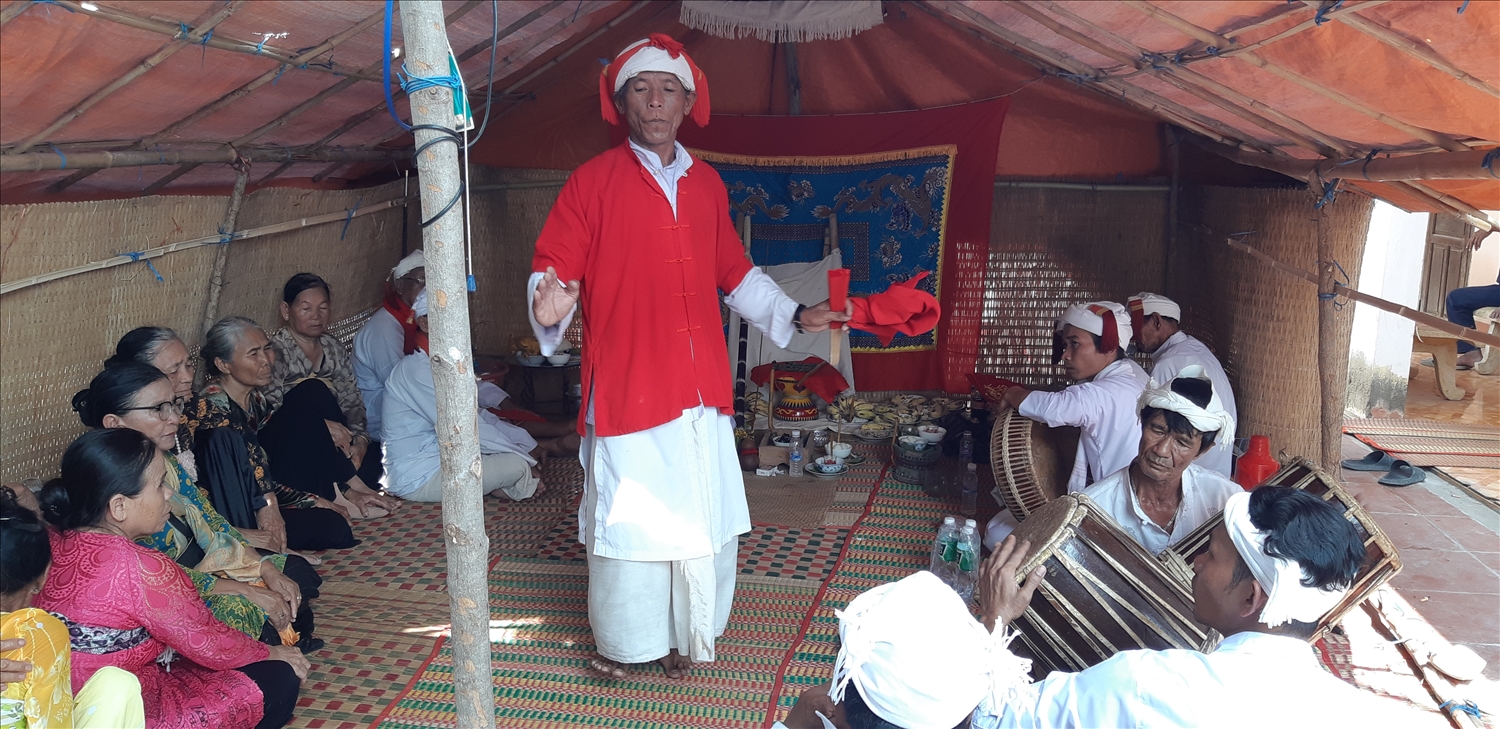
Celebration dance at Rija Nagar Festival in Huu Duc village, Phuoc Huu commune, Ninh Phuoc district, Ninh Thuan province
The Cham Bani community lives in Ninh Thuan and Binh Thuan. Each village builds a mosque (Sang magik) for believers to come and practice. The main object of worship of the Cham Bani is Allah, pronounced in Cham as Awluah. Along with worshiping the supreme being Awluah, the Cham Bani also practice worshiping ancestors (Éw muk kei) and the Yangs belonging to the system of gods in the temple tower. This is a unique feature that only the Cham Bani in Ninh Thuan and Binh Thuan still practice in their religious life. Each clan elects a representative to stand in the ranks of Acar dignitaries to practice, learn Arabic through the Koran, participate in ceremonies in the mosque and take care of marriages and funerals for the clan.
The Acar dignitaries are divided into many ranks from low to high, including: Acar, Madin, Katip, Imam and Po Gru, who is the head of the clergy. Po Gru has the supreme role in managing and directing all activities related to the beliefs and religions of the Cham Bani people. Each mosque has a Po Gru in charge, when a Po Gru passes away, another Po Gru will replace him. In addition to religious activities at the mosque, the Cham Bani people also organize the New Year festival (Rija Nagar) and dance ceremonies in the Rija system. Although the Cham Bani community does not consider themselves Muslims, they still practice the worship of the supreme being Awluah, circulate the Koran written in Arabic and fast during the month of Ramawan (Ramadan) like Muslims around the world. That identity speaks to the unique characteristics of the Cham people in the assimilation of Islamic culture in Southeast Asia.
The Cham Islam community is concentrated in the provinces of An Giang, Tay Ninh, Ho Chi Minh City, Dong Nai and Ninh Thuan. In Ninh Thuan alone, the Islam religion has only developed since the early 60s of the 20th century. Currently, in Ninh Thuan, there are 4 mosques (Masjid) named in order of mosque numbers 101, 102, 103 and 104. The Cham Islam people have close relations with the international Islamic community. Especially countries in the Middle East, Indonesia and Malaysia.
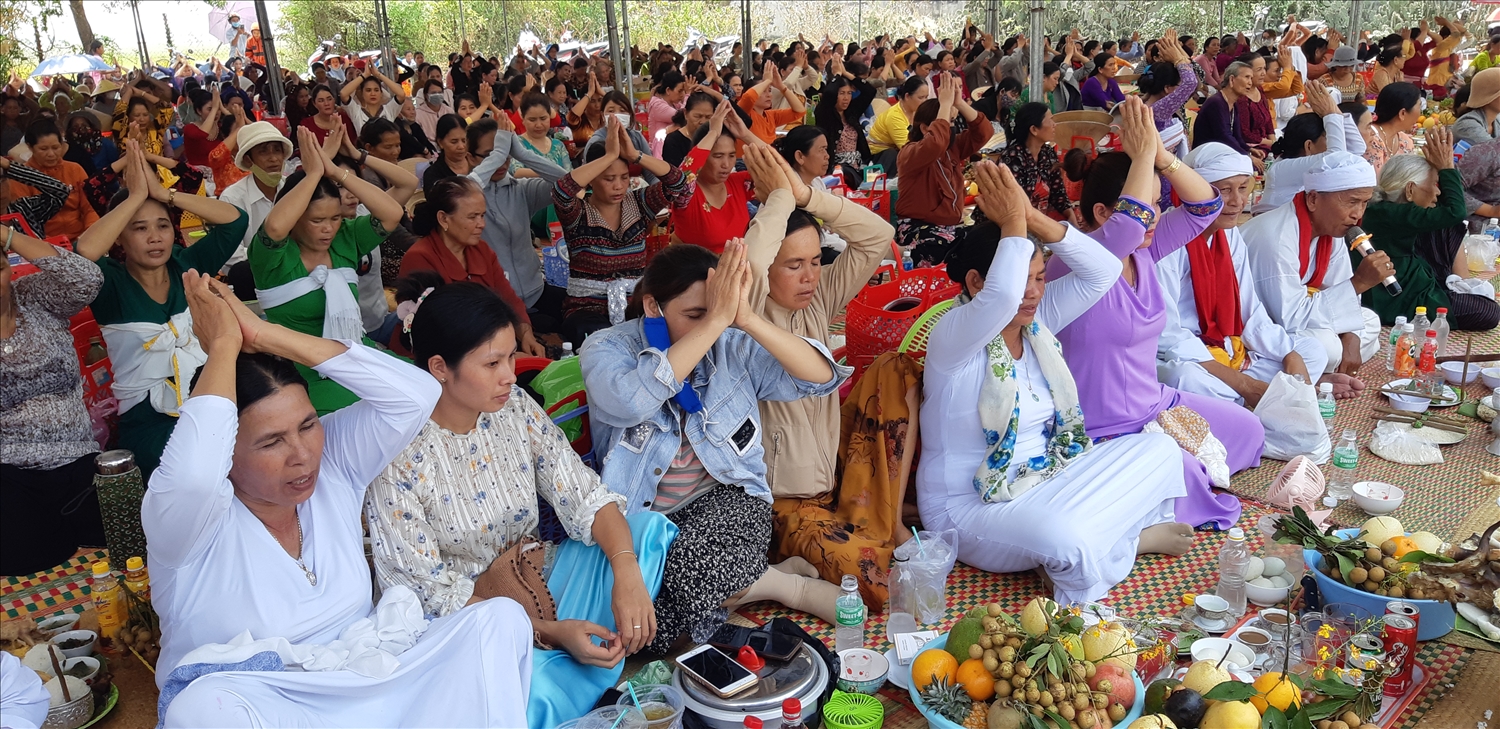
Cham people bring offerings to Rija Nagar festival
The cultural and religious diversity of the Cham community in Vietnam is a convenient means to connect economically, culturally and educationally with the ASEAN community. Cham Islam people have access to education in Indonesia, Malaysia and Arabia through studying abroad. After studying, international students have the opportunity to find jobs in Middle Eastern and Southeast Asian countries or work for foreign companies based in Vietnam, work for embassies of countries with the same Islam religion. Therefore, the Islamic community will connect with the ASEAN community in the fields of economy, culture and education. At the same time, the Cham Islam community in Vietnam is the focal point for ASEAN countries to visit, promoting tourism development in localities.
In addition to the above heritages, the Cham people also have a system of festival heritages in temples and clan rituals. The most prominent are the Kate Festival, the Ramawan Festival and the Rija Nagar Festival. Exploiting and promoting Cham cultural values to create a bridge to connect with the ASEAN community is the shortest and most convenient path to integration and development.
Source: https://baodantoc.vn/di-san-van-hoa-cham-tiem-nang-lon-de-phat-trien-du-lich-1687838691408.htm


![[Photo] Hanoi is brightly decorated to celebrate the 50th anniversary of National Reunification Day](https://vphoto.vietnam.vn/thumb/1200x675/vietnam/resource/IMAGE/2025/4/29/ad75eff9e4e14ac2af4e6636843a6b53)
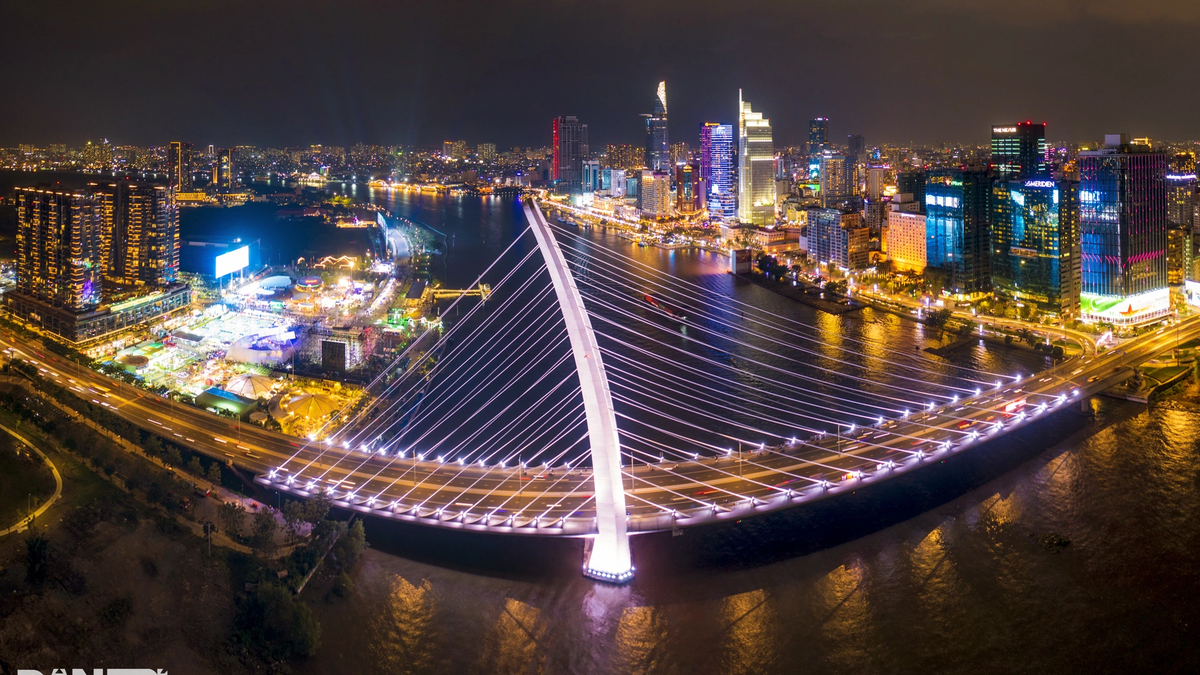
![[Photo] Prime Minister Pham Minh Chinh meets to prepare for negotiations with the United States](https://vphoto.vietnam.vn/thumb/1200x675/vietnam/resource/IMAGE/2025/4/29/76e3106b9a114f37a2905bc41df55f48)
![[Photo] Nghe An: Bustling atmosphere celebrating the 50th anniversary of Southern Liberation and National Reunification Day](https://vphoto.vietnam.vn/thumb/1200x675/vietnam/resource/IMAGE/2025/4/29/64f2981da7bb4b0eb1940aa64034e6a7)
![[Photo] Ho Chi Minh City: People are willing to stay up all night to watch the parade](https://vphoto.vietnam.vn/thumb/1200x675/vietnam/resource/IMAGE/2025/4/29/cf71fdfd4d814022ac35377a7f34dfd1)
![[Photo] General Secretary attends special art program "Spring of Unification"](https://vphoto.vietnam.vn/thumb/1200x675/vietnam/resource/IMAGE/2025/4/29/e90c8902ae5c4958b79e26b20700a980)
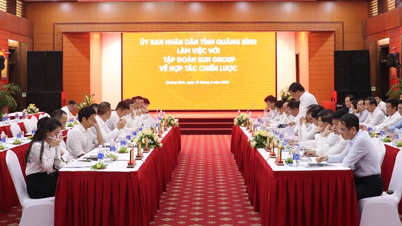

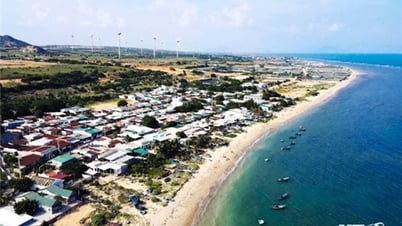



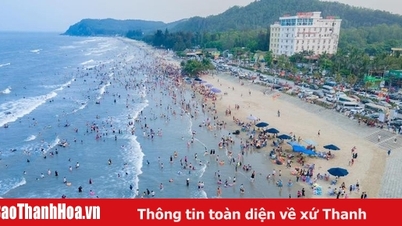

![[Podcast] News on March 24, 2025](https://vphoto.vietnam.vn/thumb/402x226/vietnam/resource/IMAGE/2025/4/3/f5fa1c3a9ae14d4590ac6965d233586b)














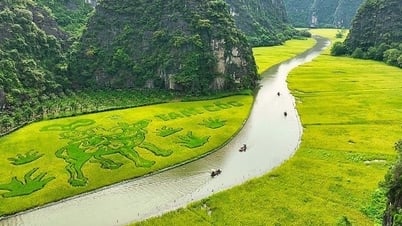
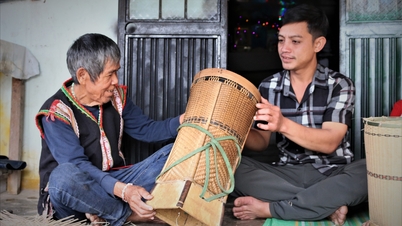
![[Photo] People choose places to watch the parade from noon on April 29](https://vphoto.vietnam.vn/thumb/1200x675/vietnam/resource/IMAGE/2025/4/29/3f7525d7a7154d839ff9154db2ecbb1b)







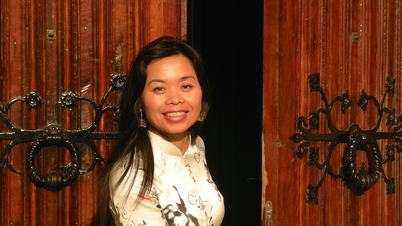



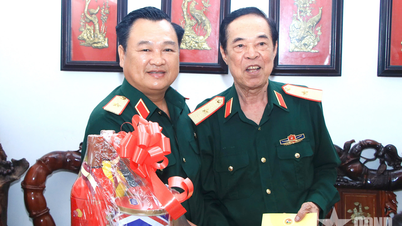
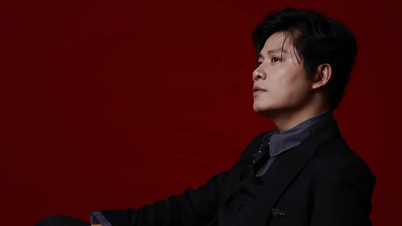















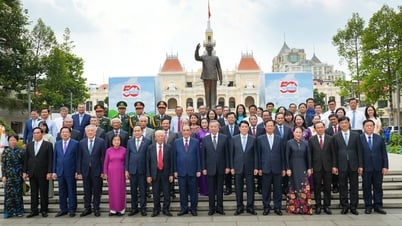














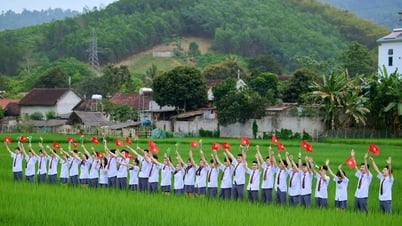
















Comment (0)